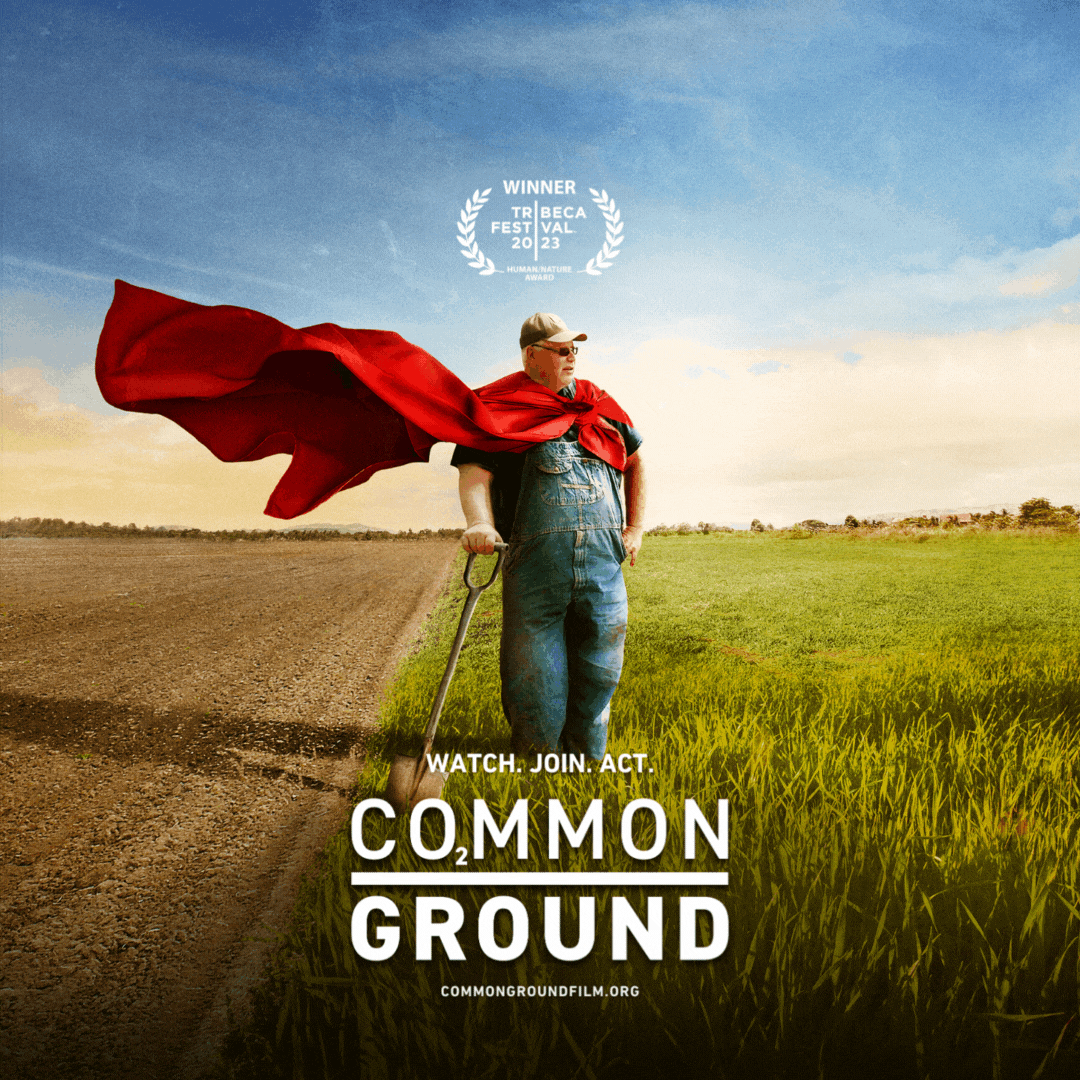Have you ever stopped to think about how often we use the word "common" in our daily conversations, or perhaps how much it shapes our connections with others? It's a word that, you know, just seems to pop up everywhere, describing everything from things we all experience to the very foundations of how we interact. From the familiar faces we see around us to the ideas that bring us together, the idea of "common" is, in a way, a quiet thread woven through so much of what we do and who we are. It helps us find our footing in a busy world, allowing us to recognize shared experiences and understand what binds us as people.
This simple word, "common," carries quite a bit of weight, you might say, and it shows up in some pretty interesting places. For instance, it can refer to a person who has made a significant mark in the world of music and writing, someone whose contributions have been recognized with special honors. Then again, it also describes a very helpful tool that makes a big difference for students hoping to go to college, simplifying what can often feel like a rather big task. So, it's almost as if the word itself has many different sides, each one pointing to something that is, well, widely known or broadly shared.
Whether we are talking about what everyone in a big group might experience, or a goal that many people work towards together, the meaning of "common" always points back to a sense of togetherness. It helps us label what is typical, what is often seen, or what belongs to everyone. It is, you know, a way to talk about things that are not unique to just one person or one item, but rather something that connects many. This idea of shared experience or widespread presence is really at the heart of what "common" means to us, allowing us to see patterns and find points of connection in our daily lives.
Table of Contents
- Who is Common, the Artist?
- A Glimpse into Common's Life
- How Does the Common App Make Things Easier?
- The Common App's Role in College Applications
- What Does "Common" Really Mean?
- Exploring the Common Threads of Our Lives
- Are Some Things Just Plain Common?
- Everyday Common-ness
Who is Common, the Artist?
When we talk about "Common" as a person, we are usually referring to Lonnie Rashid Lynn, a rather well-known individual born on March 13, 1972. He is, you know, a very respected American artist, someone who writes songs and performs them as a rapper. His work has really resonated with many people over the years, and he has received some truly special acknowledgments for his creative efforts. In fact, he has been given three significant recognitions for his work, which, you know, is quite an achievement in any field. His presence in the music world is definitely something that many people find inspiring, as he brings a thoughtful approach to his craft.
A Glimpse into Common's Life
Lonnie Rashid Lynn, the artist we know as Common, was, you know, previously recognized by a slightly different name, "Common Sense," before settling on the shorter version. His contributions to music and storytelling have been, you know, widely celebrated. He has a way of speaking to people through his words and rhythms that is quite distinct. His career shows how someone can truly make a mark and gain widespread recognition for their creative output. He is, essentially, a testament to the lasting impact that thoughtful artistry can have on a large audience, connecting with listeners on a very personal level.
Here's a quick look at some details about Lonnie Rashid Lynn, the artist known as Common:
| Full Name | Lonnie Rashid Lynn |
| Known As | Common (formerly Common Sense) |
| Date of Birth | March 13, 1972 |
| Profession | American Rapper and Songwriter |
| Achievements | Recipient of three notable awards |
How Does the Common App Make Things Easier?
Beyond the artist, the word "common" also pops up in a completely different, yet equally impactful, context: the Common App. This tool is, basically, a really helpful system that makes applying to college much simpler for students. It's used by, like, more than a thousand different educational places, which is quite a lot when you think about it. The main idea behind it is to, you know, save people a lot of time and effort during what can be a pretty stressful period. Instead of filling out many different forms for each school, students can use this one system to reach a wide variety of places they might want to attend.
The Common App's Role in College Applications
The Common App is, essentially, a shared platform that truly simplifies the process of applying for higher education. It helps students keep track of when things are due, which is, you know, super important when you have a lot of different forms and essays to manage. It also offers support not just for the students themselves, but also for the people who help them, like school advisors and those writing letters of recommendation. So, it creates a kind of central spot where everyone involved in the college application process can, you know, work together more smoothly. This shared approach makes the whole experience a lot less overwhelming for everyone involved, which is pretty great.
What Does "Common" Really Mean?
Now, let's talk about the word "common" itself, what it actually means when we use it in everyday speech. At its heart, "common" often refers to things that belong to or relate to a large group of people, like an entire neighborhood or a whole society. It describes what is, you know, shared by many, or something that is equally available to everyone involved. For example, if two people have a "common" goal, it means they are both working towards the same thing. It is, essentially, about shared ownership or shared experience, connecting individuals through something they have or do together. This sense of sharedness is really what gives the word its broad appeal, allowing us to describe so many different situations.
Exploring the Common Threads of Our Lives
The word "common" also helps us describe things that are the same in many different places or for a lot of people. Think about, you know, a very familiar sight you might see in most towns – that would be something common. It can also point to a basic level of polite behavior that most people expect from each other, like saying "please" and "thank you." This idea of "common" politeness is, basically, about widely accepted ways of acting that help people get along. So, it's not just about things or ideas, but also about the accepted ways we conduct ourselves within a group, ensuring a smoother interaction for everyone. It's pretty interesting how one word can cover so much ground, isn't it?
Are Some Things Just Plain Common?
When something becomes "common," it means it's widely seen or used. For instance, gas stations became a very common sight as more and more people started using cars. Before that, they were, you know, probably not so widespread. This shows how things that were once rare can become part of our everyday surroundings as society changes. The word also helps us talk about what is typical or usual, like "the common good," which refers to what is in the best interest of everyone in a community. It is, essentially, about collective well-being, focusing on what benefits the whole group rather than just one person. This broad meaning helps us discuss shared values and collective responsibilities, which are pretty important for any group.
Everyday Common-ness
Sometimes, "common" can also refer to "the common people," meaning just people in general, those who are not, you know, of a particularly high social standing or notable for special abilities. It describes things that are not of outstanding quality or distinction, but rather just, well, average or typical. For example, if someone has a "common" language with another person, it means they speak the same tongue, allowing them to communicate easily. This shared aspect, whether it is a language, a history, or a goal, creates a bond. It suggests that something is done, owned, or used by everyone involved. So, Moldavians and Romanians, for example, are said to share a common language, which, you know, creates a connection between them. This idea of something being "mutual" or "shared by more than one" is really at the heart of the word, helping us describe connections and widespread occurrences in our lives.


